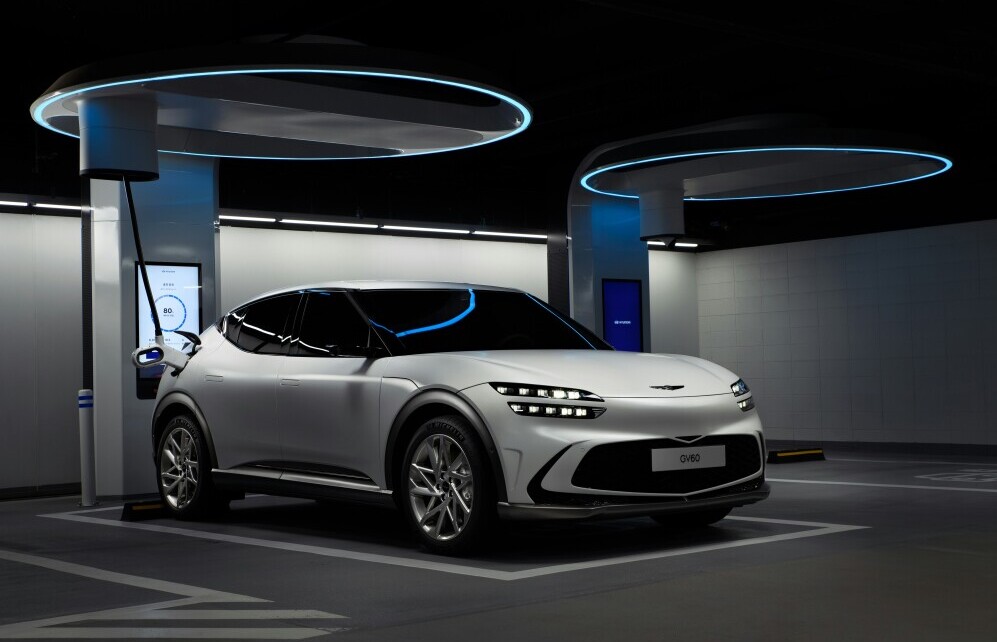Comprehensive Guide To Electric Vehicle Charging Options
Electric vehicles (EVs) are revolutionising how we think about transport, bringing clean energy to the forefront. Yet, one big question that pops up is, ‘How do I charge this thing?’ Navigating the world of EV charging might seem daunting at first, but it’s all about understanding what’s available and what fits your lifestyle.
There are three main types of EV chargers: Level 1, Level 2, and Level 3. Each of these offers different speeds and conveniences. Level 1 uses a standard household outlet, super easy for overnight charging. Level 2 steps it up, requiring a special unit that you usually install at home or find at public places. These Level 2 chargers throw more juice into the battery quicker. Last are Level 3 chargers, or DC Fast Chargers, which live up to their name by charging up your battery much faster – but you’ll mostly find these at commercial stations.
Home charging is about the ease of plugging in overnight and waking up to a fully charged car every morning. Public charging, on the other hand, opens up more flexibility, letting you charge up at work or during those longer journeys when you might need to use service stations, or dedicated charging stations.
Alongside these physical aspects, tech plays its part, too. Apps and in-car navigation systems are there to help find chargers nearby or plot the best routes for long-distance travel, considering charging times. With the rise of charging networks, investing time to set up your apps can save a ton of hassle later on.
Getting a grip on these basics makes stepping into the EV world much simpler than people realise. Understanding how you can keep that battery full without any fuss, wherever you are, will boost your confidence to hit the road anytime you want.
Quick Tips to Jumpstart Your EV Charging Experience
Jumping into the world of electric vehicles means uncovering the tricks to make charging straightforward and fuss-free. Let’s start with the gear – a good-quality charging cable (specific to your vehicle) and versatile adapters should be in your EV toolkit from day one. Also, check out apps that help track charging stations; these useful tools make the charging process smoother and more predictable.
Keeping your battery’s well-being in mind is super important. Try to maintain a charge between 20% to 80% for optimal health and only fully charge your car to 100% when you need to (i.e. for long journeys). Avoid fully depleting your battery whenever possible, as it helps maintain longevity and reliability.
Safety can’t be overlooked. Always ensure your charging equipment is in good condition. Plug and unplug with care, ensuring no wires hang dangerously or fray over time. If you spot signs of wear, replace them, or get them professionally repaired, to prevent any nasty surprises.
Once you’re comfortable with your setup, smart charging can be your best friend for reducing costs. Some power companies offer off-peak rates, so setting your car to charge during these times can save you money in the long run. Many EV models even come with built-in scheduling features for this very purpose.
In addition to tech solutions, simple practices like regular maintenance checks on both your vehicle and charging kit will keep everything running shipshape. These little habits make a world of difference in making EV ownership as seamless and practical as possible.
Diverse Locations for Charging Your Electric Vehicle
Home charging sets the foundation with its immediacy. Nothing beats waking up to a fully charged car. Whether it’s an overnight juice-up with a Level 1 charger or a quicker boost with a Level 2 setup, home charging has you covered for most day-to-day commutes.
Meanwhile, public spaces offer more variety, with many workplaces joining the shift towards electric by providing EV charging stations. It’s a win-win as workplaces reduce their carbon footprint, and you reap the benefits during office hours.
When you’re out and about, destination charging is super handy. Think about the times you park at a shopping centre or chill at a café – now imagine plugging in your car there too. Many of these places are now offering charging points, creating opportunities to top up while you run errands or grab a coffee.
If you’re planning longer trips, keep an eye out for fast chargers along motorways. These Level 3 chargers ensure that your EV can handle extended travel times without worry. It doesn’t only make long trip logistics simpler but also opens up travel to new places without stress over finding plug points.
Navigating the social side of charging is just as important. Charging etiquette is evolving, with EV drivers forming communities helping each other out, sharing tips, and ensuring that everyone gets to their destination with a smile on their face.
Decoding Power Ratings in Electric Vehicle Chargers
Power ratings in EV chargers can seem a bit tech-heavy, but they’re crucial for understanding how quickly you can charge up and the impact on your electricity bill. At the heart of this are kilowatts (kW), which measure the strength of the charger. The higher the kW, the faster your battery fills up.
So, when you’re sizing up chargers, think about how these ratings align with your needs. For home charging, a Level 2 charger with around 7kW (as shown in the picture below) might be just right, balancing speed and energy use. But remember, the faster the charge, the more it can cost, both in terms of electricity and infrastructure.

On the road, you might meet Level 3 chargers (shown in the picture below) ranging up to 150kW and beyond. These can supercharge your car to 80% in just 20-30 minutes. However, keep in mind that not all EVs can handle these high outputs, so checking your vehicle’s specifications can save a lot of headaches.

Incorporating these figures into your planning helps set realistic expectations about charging times and costs. Pairing your EV’s capabilities with the right power rating means you make the best use of your time without unnecessary expense.
Additionally, some chargers offer adjustable settings to limit the power draw, which can be a gem when you want to avoid expensive peak-hour rates. Utilising these features smartly can help manage costs effectively while keeping your EV ready to roll.
Maximising Efficiency: Best Practices for Charging Your EV
Setting up a home-based charging station (such as those provided by Cord in the UK and Lenz in the US) gives you a great jump on efficiency. It’s about creating an area that accommodates your plug-in needs without hassle. Consider installing a dedicated Level 2 charger if you’re charging from home – it’s faster and more efficient than standard outlets as these can typically charge a car to 100% in around 8 hours (depending on the size of the car’s battery and how depleted the battery was when plugged in). Compared to a Level 1 charger (using a domestic socket) which could easily take 20 – 30 hours to fully charge a car, a Level 2 charger may be more suitable if you need to regularly charge up full over night. Pair this with a smart charging tariff, such as those offered by Co-op Energy, to really make charging at home cheap and efficient.
Smart charging solutions can be monumental in keeping those electricity bills in check. Things like setting your car to charge during off-peak hours can significantly reduce costs. Many apps and EVs come with scheduling functionalities, letting you automate this process and enjoy the savings that come with it.
Planning your routes with charging in mind can seem tedious, but it pays off in spades. Knowing where Level 3 chargers lie on your path can ensure you’re never caught short on a cross-country trek. Plus, pre-planned stops might lead you to discover new favourite pit-stops on your journey.
Also, get into the habit of checking your EV’s range and battery health before heading out. Regularly assessing your vehicle’s condition helps make sure that your battery is operating at peak efficiency and you’re not wasting precious energy.
Integrating these savvy practices into your routine means transforming your EV experience from basic to brilliant. You’ll find yourself breezing through charging, both at home and on those epic road trips, feeling confident and in control of your vehicle’s energy management.
**Here’s a little transparency: Our website contains affiliate links. This means if you click and make a purchase, we may receive a small commission. Don’t worry, there’s no extra cost to you. It’s a simple way you can support our mission to bring you quality content.**




4 comments